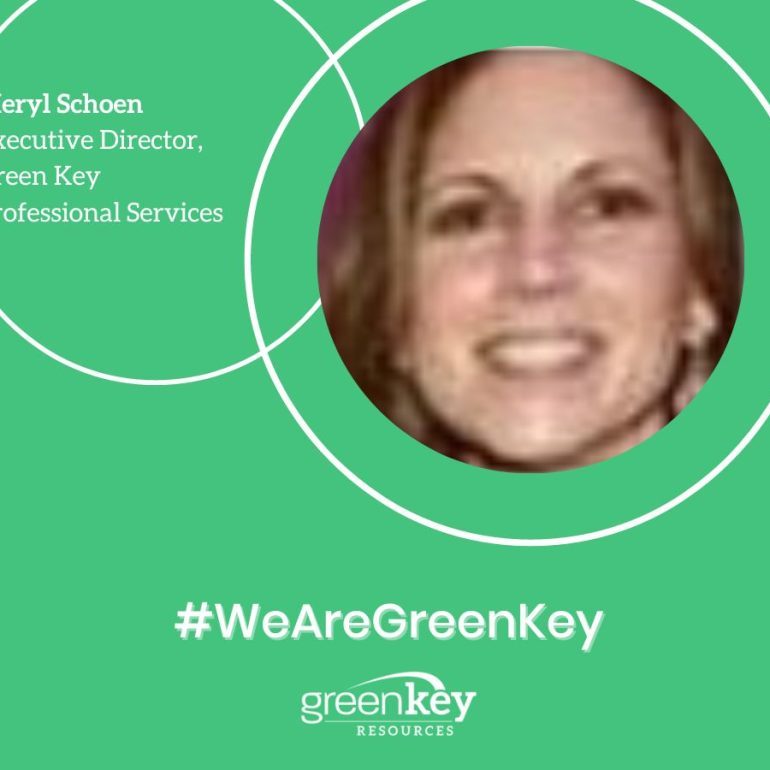In the last few days, those of us at Green Key Resources have remained heartbroken by the horrifying attacks unfolding in Israel. We pray for the innocent victims, both soldiers and civilians, who have lost their lives, as well as the safe return of those still held hostage. We stand with you now and always during this devasting crisis.
We know that our Green Key community is experiencing grief and uncertainty by these events, and we want to remain a place of help and support. We have gathered the resources below to shed light on where our community can help to ease the pain and trauma of those suffering in Israel.
Jewish National Fund
https://www.jnf.org/ways-to-help/support-israel
The Jewish National Fund (JNF) has been working tirelessly to evacuate families from the Gaza border, provide them with toiletries and other necessities, and provide additional protective equipment to manage the ongoing fires.
IsraAID Emergency Fund
The IsraAID is an Israel-based international humanitarian organization. Their teams deploy immediately to locations under emergency and remain in place as long as necessary to rebuild communities and lives.
Jewish Agency’s Fund for Victims of Terror
https://www.jafina.org/crisis-in-israel/
This charity acts as a first responder and emergency aid when terror strikes a community. Their representatives arrive within 24-48 hours of an attack and follow up through long-term rehabilitative care.
Maden David Adom
https://www.mdais.org/en/donation
Maden David Adom is Israel’s national emergency medical service. They stand on the frontlines providing emergency services, helicopters, and critical care.



